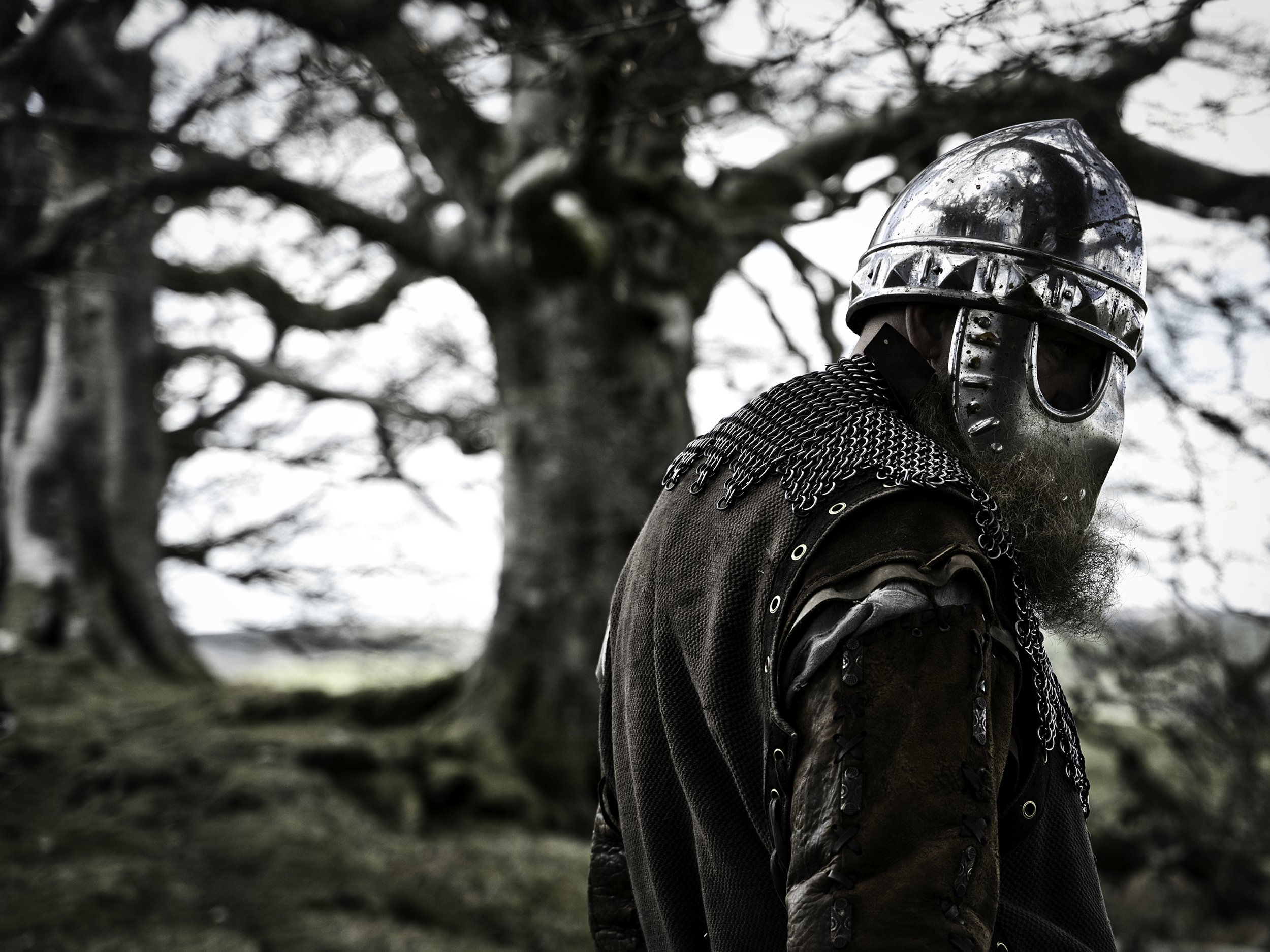
The Highland Kings
Immersed in enchanting magic, enigmatic mystery, and an unwavering spirit, the Highland Kings' route pays homage to the remarkable men who played a vital role in shaping the Kingdom of Scotland. This journey traces Scotland's rich history, from its inaugural monarch to the valiant struggle for independence, offering a compelling narrative of their heroic deeds.

the first Scottish king
Kenneth I, also known as Kenneth MacAlpin, Kenneth the Hardy and later King of the Picts, could lay claim to being the first king of Scotland, ruling until his death in 858.
Posthumously named as The Conqueror, he set out with bold ambition – to seize all of Scotland, and the first part was the simplest. Succeeding his father, King Alpin II, to the crown of Dalriada in 839, Kenneth inherited territory roughly equivalent to modern-day Argyll on Scotland’s west coast.
His sights turned next to the Picts, who until then controlled the remainder of Scotland north of the Forth and Clyde. It was an opportunist strike. The Pictish nobility was in disarray, having been decimated by the Vikings, and Kenneth felt his position was strengthened by having a claim to the Pictish crown through his mother.
While the surviving members of the seven royal houses of the Picts contested this right, they were compromised further after being defeated in battle by Kenneth’s forces in 841. Still under threat from the Vikings, they agreed to meet with Kenneth at Scone.
It was a trap. In what has been termed MacAlpin's treason, the Pict ruler Drust X and the Pictish nobles were slayed, allegedly by having their benches booby-trapped to collapse, impaling them on spikes in a pit below.
Kenneth was crowned King of the Picts and the Scots in 843 and became the first King of the House of Alpin – the dynasty named after his father.

Alexander holds the Vikings at bay
From the 8th to the 15th centuries, Viking and Norse settlers colonised the outskirts of modern Scotland. Territories included the Northern Isles of Orkney and Shetland, the Hebrides, the islands of the Firth of Clyde and mainland territories including Caithness and Sutherland.
The major threat was carried by the unrelenting King Håkon IV of Norway, who had pledged to expand his country’s empire having unified it after decades of civil war. Scotland’s Alexander III – pronounced king since the age of seven following the death of his father – would defend with all he had.
Håkon IV had a fearsome reputation. His journey of having escaped as an infant to Trondheim due to the daring of Birkebeiner warriors has become embedded in Norwegian folklore and celebrated annually in Norway's Birkebeiner Ski Race.
Eventually becoming king, he ended a century of civil war and with his authority finally accepted by the Pope in 1247, from where he conquered the Danish province of Halland, Norse settlements in Greenland and gained control over Iceland.
But in early 1263, Alexander III was ready to resist, and his forces mounted raids on Norwegian territories in the Outer Hebrides. Håkon IV responded by sailing around the west coast of Scotland to arrive in the Firth of Clyde with a large invasion force that took control of the Isle of Bute, capturing Rothesay Castle.
Halting off the Isle of Arran, a tense stand-off ensued and negotiations commenced as Alexander played for time in the hope that bad weather would disrupt the Norwegian fleet. It worked. Come Autumn, storms sunk a number of Håkon's fleet while more ships were driven ashore to the Scottish mainland at Largs where battle broke out on the beach.
The Scots held firm. Eventually, the Norwegians were forced to withdraw and retreated to Orkney where Håkon fell ill and died while staying at the Bishop's Palace in Kirkwall. His son Magnus was appointed successor and in 1266, King Magnus VI concluded the Treaty of Perth with the Scots where he conceded the Hebrides and the Isle of Man to Scotland in return for a large one-off sum and an annual payment.
Norway retained Orkney and Shetland until 1469 when they became a dowry for James III's bride, Margaret of Denmark.

Robert the Bruce wins independence for Scotland
Robert I, popularly known as Robert the Bruce, was one of the nation’s most famous warriors and successfully led Scotland during the First War of Scottish Independence against England. King of Scots until his death in 1329, Robert seized the Scottish throne a month after being excommunicated by Pope Clement V for his involvement in John Comyn's murder in February 1306.
Shortly after, his forces were defeated by Edward I in the battle of Methven, forcing Robert to flee into hiding before re-emerging in 1307 to defeat an English army at Loudoun Hill, a mountain peak south of Glasgow.
Continuing to defeat his opponents, Robert held his first parliament in 1309 and the military victories that followed over the next five years won him control of Scotland piece by piece. It culminated at the Battle of Bannockburn in 1314, where a much larger English army under Edward II was defeated, confirming the re-establishment of an independent Scottish kingdom.
Robert's confidence grew and his armies began to launch devastating raids throughout northern England, while also invading Ireland and appeal to the natives to rise against Edward II's rule.
In 1320, the Scottish nobility submitted the Declaration of Arbroath to Pope John XXII, declaring Robert as their rightful monarch and asserting Scotland's status as an independent kingdom.
Peace was concluded between Scotland and England with the Treaty of Edinburgh– Northampton in 1328, by which time Edward III was on the English throne and renounced all claims to sovereignty over Scotland.
Robert died in June 1329. His body is buried in Dunfermline Abbey, his heart interred in Melrose Abbey and internal organs embalmed and placed in St Serf's Chapel, Dumbarton, site of the medieval Cardross Parish church.
Source material: https://www.undiscoveredscotland.co.uk/ https://en.wikipedia.org/


